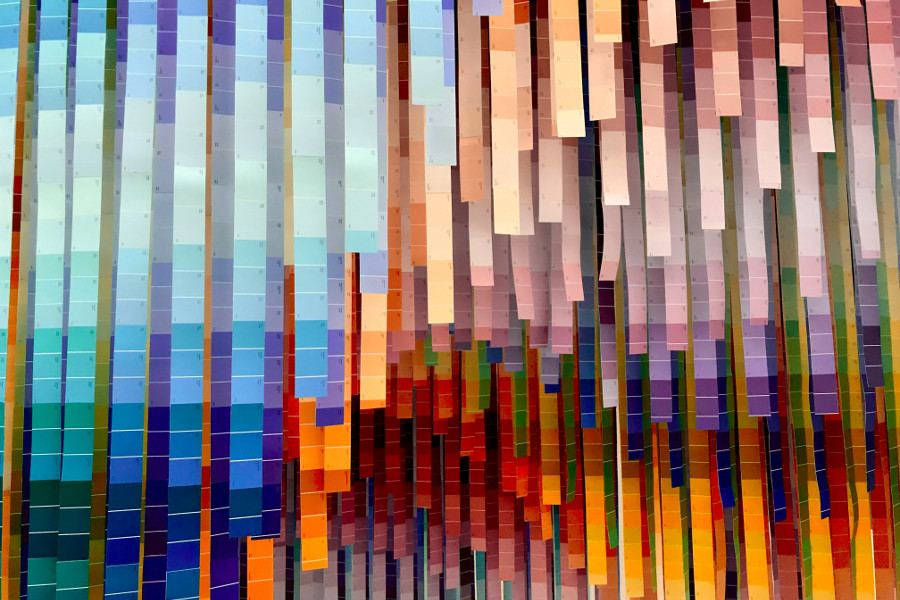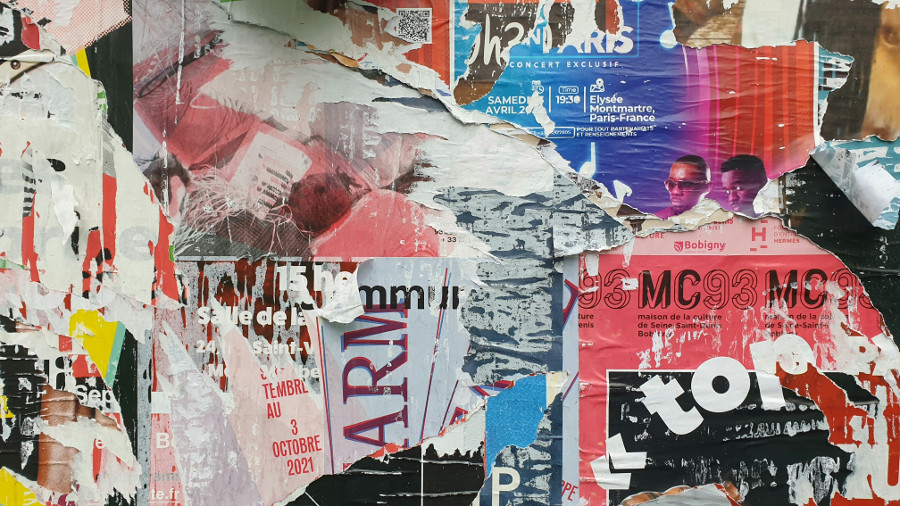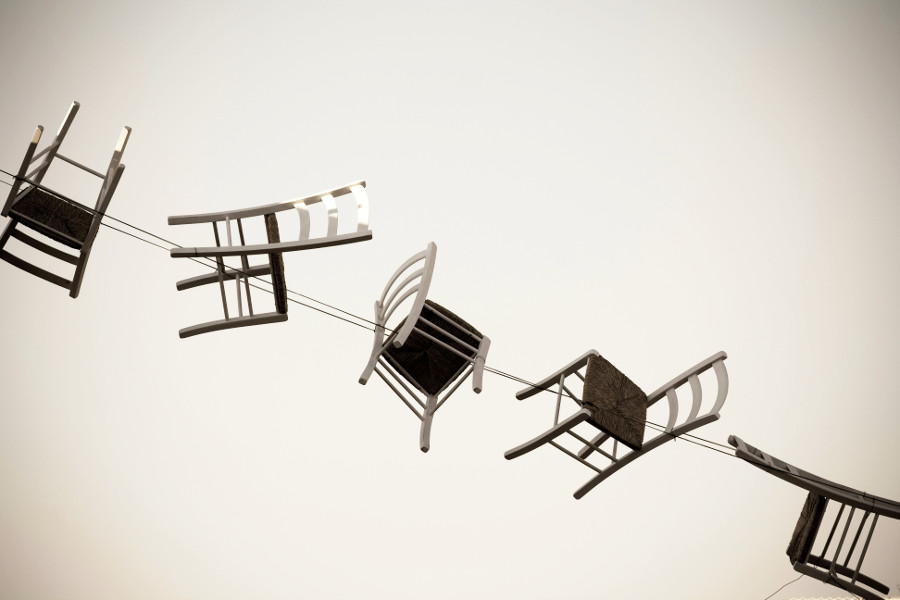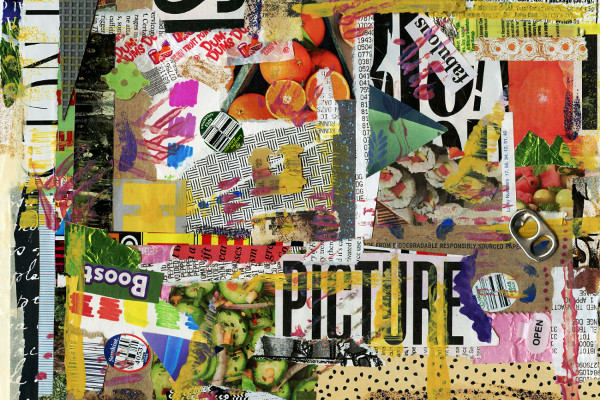How to Create an Art Installation or Art Collage: 15 Common Questions Answered for Beginners
Creating an art installation or collage can be an exciting and rewarding artistic journey. Whether you're a seasoned artist or a beginner, understanding the essential steps, materials, and techniques is crucial to bringing your vision to life. In this guide, we address 15 of the most commonly asked questions about creating art installations and collages, offering practical advice and creative insights to help you navigate the process. From choosing a theme to selecting materials and planning the layout, we cover everything you need to know to make your artwork stand out.

1. What is the first step in creating an art installation or art collage?
When you’re thinking about making an art installation or collage, the first thing you’ve got to do is figure out what you want to say. What’s the big idea? What’s your message or the emotion you want to get across? It’s all about the concept. Jot down some ideas, let your imagination run wild, and sketch out your thoughts. Once you’ve got that concept locked down, the next thing is choosing materials and determining the size of your piece. A solid idea is like the foundation of a building, it supports everything else!
2. How do I choose a theme for my art installation or collage?
Choosing a theme is all about finding something that speaks to you. Look inside yourself and think about the things that move you, whether it’s an issue, a memory, or just something you find fascinating. The theme is the heartbeat of your piece. It could be social justice, the beauty of nature, or even something abstract. Dive into research if you need to get inspired or look at how other artists tackle similar themes. The key is to pick something you’re passionate about – when you’re excited about your theme, that energy will show in your work.
A good starting point for inspiration is the history of art itself. If you are new to this field check out the r/learnart subreddit
for suggestions about learning materials. Museums and galleries are also a great source for both new ideas and learning tricks and
techniques from the old masters. Many internationally known museums have so called online tours
on there websites for free. Check out these museums' online presence:
Louvre (Paris),
Metropolitan (New York),
Prado (Madrid),
Tate Modern (London),
Musée d'Orsay (Paris),
Uffizi (Florence),
MoMa (New York),
British Museum (London).
3. What materials do I need to create an art installation or collage?
Your materials are going to be a mix of whatever fits your vision. If you’re creating a collage, you’ll need basic things like glue, paper, scissors, and maybe some fun extras like old magazines, photographs, or textured papers. For an installation, the materials can get a little more exciting and diverse – wood, metal, fabric, found objects, and even light or sound equipment. Think about how each material interacts with the others and what kind of vibe they’ll bring to the space. The more thought you put into it, the more cohesive your piece will feel.

4. How do I plan the layout of an art installation or collage?
Planning the layout is all about finding balance and flow. If you’re working on a collage, you can start by laying everything out on a flat surface – move pieces around until it feels right, adjusting the color, texture, and size. If it’s an installation, take time to sketch out your ideas and experiment with placement. Think about how the audience will move through or around the piece. Is it interactive? Is it supposed to be viewed from one angle or all around? Every decision you make in the planning stage will shape the final impact of the piece.
5. Can I use digital media in an art installation or collage?
Absolutely! Digital media can bring a whole new level to your work. For a collage, you could print digital images or even use video or sound elements. For installations, the sky’s the limit. You could use video projections, lights, sound, or interactive digital screens. Technology can help create an immersive experience, making the art feel more dynamic and engaging. But, it’s important to make sure the digital elements fit seamlessly into your theme, so they don’t overpower your message.
6. How do I make sure my art installation or collage has a strong visual impact?
A strong visual impact is all about making bold choices. Think about your composition – how the elements come together, where the focal point is, and how the colors interact. High-contrast colors, striking shapes, and unexpected materials can all draw the viewer’s eye. For an installation, consider how the work fits into the space. Does it stand out? Does it challenge the environment? Balance is key, but don’t be afraid to break the rules if it helps convey your message more powerfully.

7. How do I incorporate texture into my art installation or collage?
Texture can totally change the feel of your piece! For a collage, think about layering different materials. You can use fabric, wood, metal, or any textured papers to add depth and tactile interest. For installations, texture is about more than just what you see – it’s about how things feel when you touch them, too. Combine rough and smooth surfaces to create a contrast, or use lighting to emphasize different textures. The goal is to make your artwork feel rich and multidimensional, inviting viewers to experience it in a deeper way.
8. How do I make my art installation or collage interactive?
Making your art interactive can turn a passive experience into an immersive one. Think about how people can engage with your work. Maybe they can touch, move, or even rearrange parts of it. For a collage, this might mean allowing viewers to add their own elements or change the composition. For an installation, it could involve incorporating sound, motion sensors, or even a virtual component. Interactivity adds another layer of engagement, inviting viewers to become a part of the art itself.
9. How long does it take to complete an art installation or collage?
There’s no set timeline, but it’s safe to say it could take anywhere from a few days to several months, depending on the complexity. Collages are usually quicker, especially if it’s a smaller project, but larger, more intricate pieces can take longer as you work through the layers and materials. Installations, on the other hand, often require more time to plan, source materials, build, and set up. It’s important to pace yourself, but also be open to taking your time as new ideas or solutions may emerge along the way.
10. How do I set up an art installation in a gallery or public space?
Setting up an installation in a gallery or public space requires some prep. First off, make sure you have permission and any required permits. Once you’re cleared, think about the space itself – how will your work fit in? Will it be up on the wall, across the floor, or hanging from the ceiling? Be sure to consider lighting and how the space’s atmosphere affects your work. You’ll likely need tools or equipment to install your pieces securely, and be ready for some trial and error as you assemble the final piece.
11. How do I determine the scale and size of my art installation or collage?
The scale and size really depend on the space and the effect you want to create. For a collage, if it’s a small wall piece, you can keep things more intimate, but if you’re going big – like a mural – then you’ve got to think about the wall or area you’re working with. For installations, size matters even more. Big installations can create an immersive environment that envelopes the viewer, while smaller ones might allow for closer, more detailed interaction. Whatever you choose, make sure it’s in harmony with the surrounding space.
12. How do I secure or attach elements in my art installation or collage?
How you secure elements depends on the materials you're using. For a collage, regular glue, glue sticks, and tape will usually do the trick, but if you’re working with heavier materials like wood or metal, you might need stronger adhesives or fasteners. Installations often require more planning – think screws, nails, clamps, or wires. Whatever method you use, it’s important to make sure your piece is secure and that the materials stay intact, especially if they’re being moved or displayed in public spaces.

13. Can I use recycled materials in an art installation or collage?
Recycled materials are not only okay – they can actually add a unique, sustainable, and meaningful touch to your art! You can use things like cardboard, plastic, fabric scraps, and old newspapers to create collage pieces or even large-scale installations. Recycled materials tell a story of reuse, and they often bring a new, interesting texture and aesthetic to the piece. Plus, they’re environmentally friendly, so you’re contributing to sustainability. It’s a win-win!
14. What are the challenges of creating an art installation or collage?
Every project has its hurdles. For art installations, one challenge can be figuring out how to get your ideas from concept to reality – especially when it comes to sourcing materials or managing logistics like transport and installation. Collages can sometimes feel tricky too, especially when you’re trying to get everything to come together just right. There’s always the possibility of running into roadblocks, whether it's with the concept, materials, or time constraints, but overcoming those challenges is part of the creative journey.
15. How do I get feedback on my art installation or collage?
Getting feedback is key to understanding how your work resonates with others. Share your piece with fellow artists, friends, or even strangers to get fresh perspectives. You can also attend art critiques or ask for specific feedback on areas that you’re unsure about. Don’t forget online platforms – post your work and see how people respond. Whether positive or constructive, feedback helps you grow and refine your creative process, and it’s great to see how your work impacts different people.
Good luck with your adventures in creative writing for fun.



